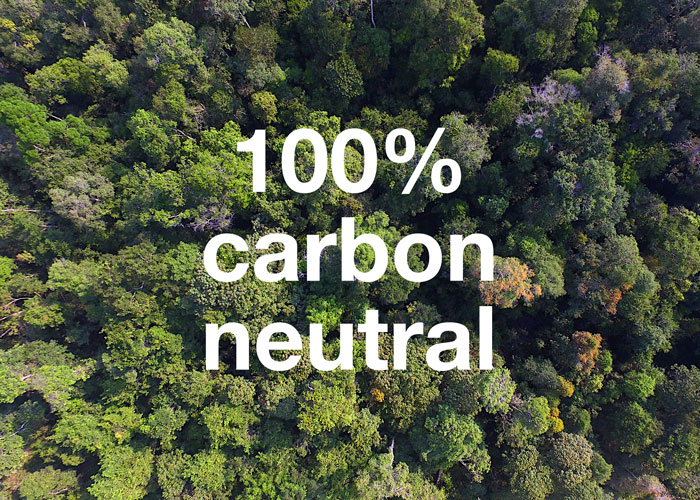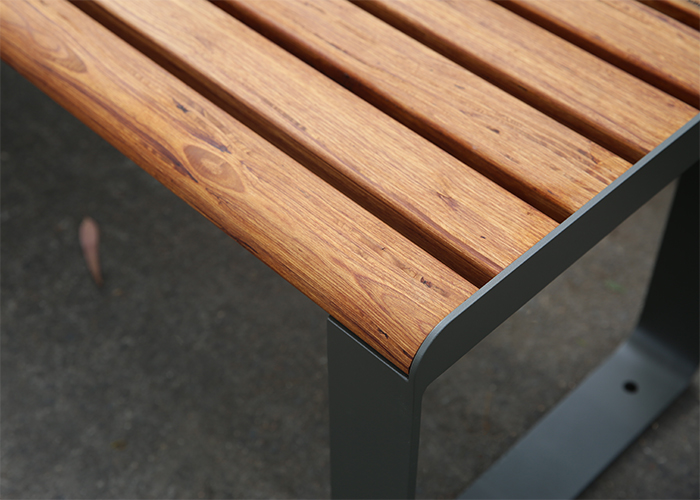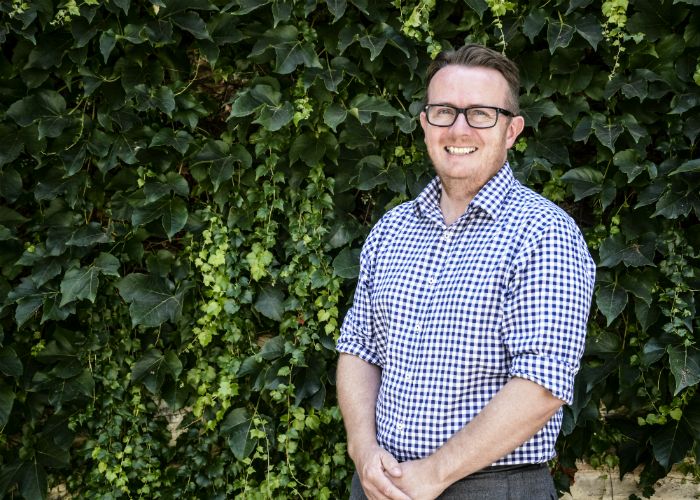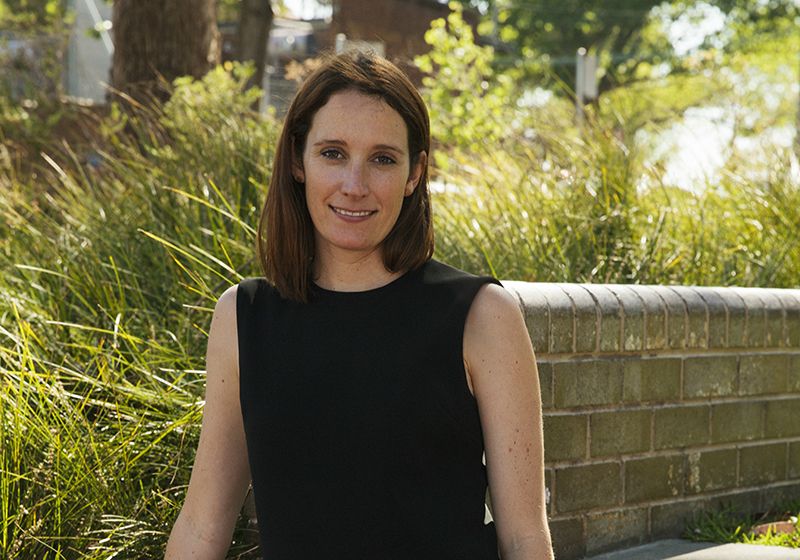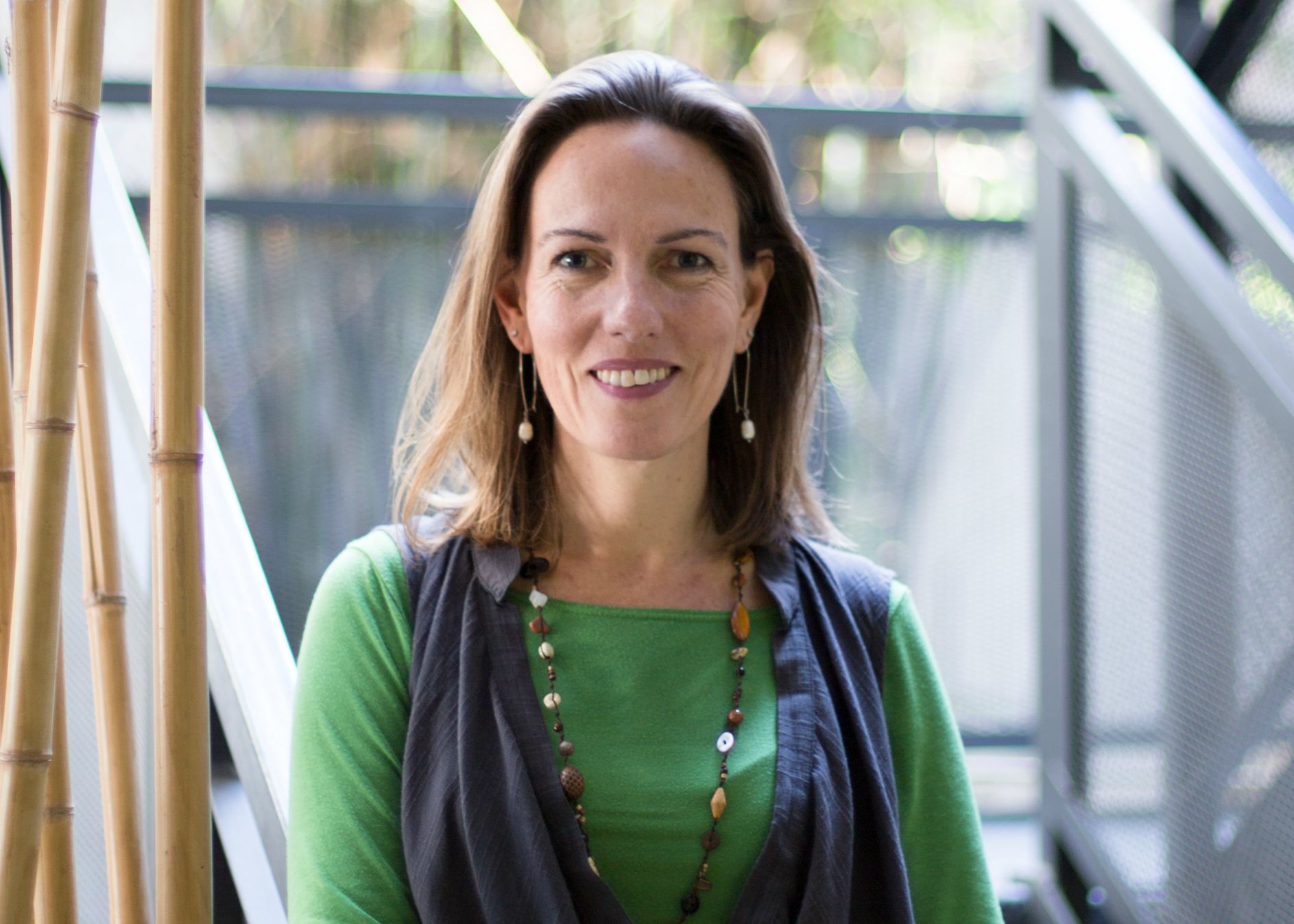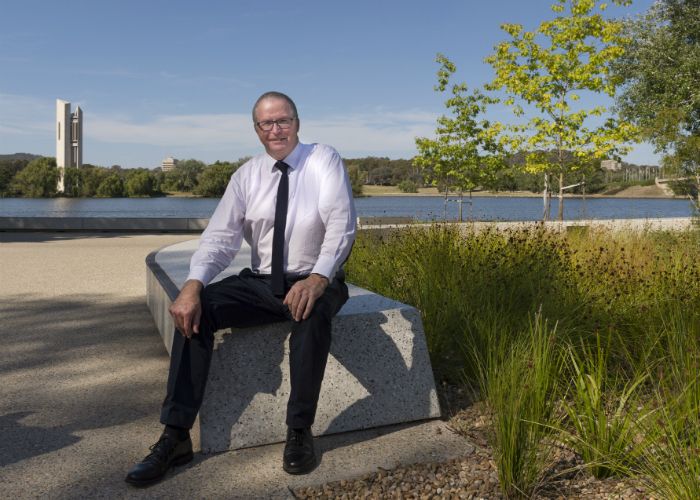
Malcolm Snow at one of his recent projects, Bowen Place. Photo: Bradley Cummings
The Chief Executive of the National Capital Authority, Malcolm Snow, talks career beginnings and projects past and present with StreetChat.
What drew you to a career in urban planning and landscape architecture?
My journey started in high school where I started to get serious about study and think about my career direction. In a serendipitous moment my geography teacher suggested a good intersection of my interests in design, art, geography and human geography, would be town planning.
It was a relatively new field in Australia in the early seventies, but I was convinced this was what I would do. I was accepted into the undergraduate course at the University of Queensland.
I realised it was a broad field and my specific interest was physical planning and design, particularly human-centred design.
Further studies in landscape architecture post-graduate focused me more on environmental design. So landscape architecture is a great fusion of all my interests.
Along my educational journey I was fortunate to have teachers and professors who inspired me. I also sought out people who I admire for both their ideas and the way in which they approach planning and design in their work.
Which National Capital Authority Projects are you currently working on?
The most important role of the National Capital Authority is as custodian of the Commonwealth’s ongoing interest in Canberra. The NCA in its different guises has always had an important planning function to undertake and that continues today.
In addition to land-use planning, there is also strategic planning – thinking ahead about the way, particularly the central part of Canberra, needs to be planned and designed.
An exciting, current project is master-planning work for the Lake Burley Griffin foreshore. This will set a clear vision in the way the Central Parklands (Kings and Commonwealth Park) can be reimagined as a 21st century urban park.
Another significant project nearing completion is the upgrade of Constitution Avenue which is one of the three avenues that define the National Triangle. The other two are Kings and Commonwealth Avenues.
These upgrading works will ensure that this element of the National Triangle will be one of the great streets of Canberra, if not Australia.
The same aspiration applies to the master-planning work also being undertaken for the other avenues, which will guide the way we develop those places.
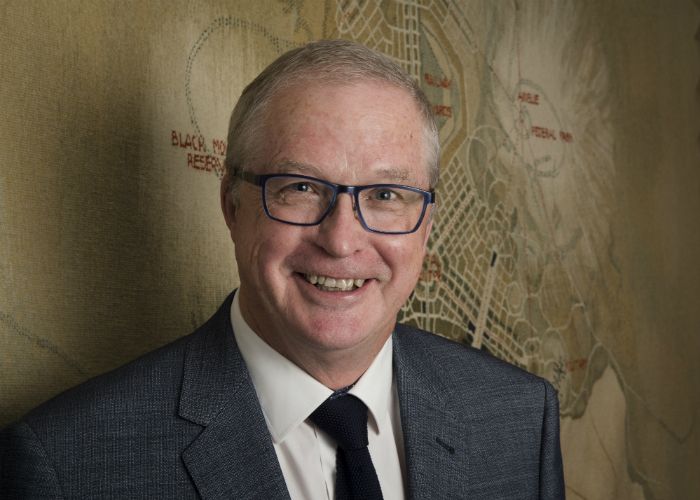
Malcolm Snow, in front of a tapestry showing one version of a design for Canberra by Walter Burley Griffin. Photo: Bradley Cummings
What drew you to Canberra?
I like Canberra as a regional city, not just because it is one of two planned cities in Australia – Adelaide is the other, in which I have also lived and worked – but also as a landscape architect I love the setting of the city.
Once upon a time if you felt you needed to be successful you’d gravitate to the larger cities. In the information age the need to base yourself in a metropolis such as Sydney or Melbourne is no longer essential.
You can work in a mid-sized city like Canberra and still get all the intellectual and social stimulation you need but without the big city hassles.
Canberra is a terrific sized city and its quality of life is adjudged one of the best in the world.
Highlights from your time as head of design at the City of Melbourne?
I worked for a decade there from 1988 to 1998. Undoubtedly the highlight of that time was being involved in a revitalisation program that helped turn around the fortunes and success of Central Melbourne.
In the mid eighties the Melbourne CBD operated as a 9 to 5, Monday to Friday centre, a largely one-dimensional place where you simply went to work. This was in stark contrast to other great city centres which are much more than a place of work.
The problem with Melbourne at that time was that the larger regional centres were stealing business and opportunities away from the CBD.
In Melbourne City Council at that time there was a strong community mandate for change from the business community, the non-for-profit sector and institutions. There was a collective will that something needed to be done about the future of the Melbourne CBD.
It was an exciting time because with that political will and community commitment, the Council was a key enabler of the revitalisation process.
To have had an opportunity to work in Council at that point was professionally very rewarding. I like to think I played a small part in helping to set central Melbourne on its course to become one of the great cities in the world.
Great cities are not just the outcome of good design; they are also the outcome of the way in which their different parts result in great place experiences
Your favourite project from your career so far?
That’s a difficult one but I think it would be South Bank in Brisbane. While it was a much smaller geographic area, South Bank presented an opportunity to experiment with different placemaking approaches, particularly how public spaces were designed and managed.
Great cities are not just the outcome of good design; they are also the outcome of the way in which their different parts result in great place experiences.
South Bank over those six years allowed me to try new approaches in the way we designed and delivered projects, as well as running events to activate the precinct.
I may be biased, but I think it is one of the best examples of urban renewal in Australia. Even though the development of South Bank is largely now complete, it continues to mature, adapt and change. It’s great to go back there and see how popular it is.
If high visitation is a measure of success, which I think it is, South Bank is an outstanding piece of placemaking.
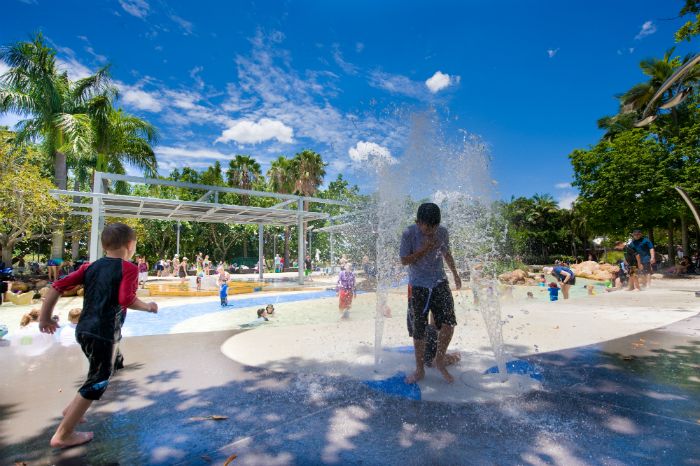
Aquativity, an interactive water-play park at South Bank
As AILA vice president, what exciting things can we look forward to in 2016?
AILA continues down an exciting path, shining a brighter light on what landscape architecture is and what landscape architects do. The new Council wants to continue the good work in raising the profile of the profession.
I have a personal interest in advocacy, in making sure the big urban issues we face, particularly when they relate to matters where landscape architecture plays a role, are highlighted to engage both the media and community.
It is vital that the value of the profession is illustrated through the way we find clever, sustainable solutions to those big issues.
What role can street furniture play in contributing to great spaces?
Street furniture is critical in supporting the use of the public realm of our cities. Cities are defined by their public environment, so their public spaces have to be fit-for-purpose.
If we think of cities as a network of ‘public rooms,’ street furniture plays an important role in the way cities function well.
The way people can feel connected to a place is based on the experiences they have in those places and within those cities. So well designed and sited furniture is very important.



